Solar
Latest

ICYMI: Bubba Watson builds a jetpack, Facebook flies its solar drone
try{document.getElementById("aol-cms-player-1").style.display="none";}catch(e){} Today on In Case You Missed It: To celebrate the return of golf to the Olympics, PGA Tour Pro Bubba Watson is teaming up with Oakley to create the "Bubba Watson Jetpack" -- a mode of transportation sure to blow the roof off of conventional golf carts. We also take a look at the maiden test flight of Facebook's solar-powered, internet-beaming unmanned aerial vehicle, the Aquila. It didn't crash! And, as it's the end of the week, we'll recap the most important stories that you may have missed. As always, please share any interesting tech or science videos you find by using the #ICYMI hashtag on Twitter for @mskerryd.

The best portable solar battery charger
By Mark Smirniotis This post was done in partnership with The Wirecutter, a buyer's guide to the best technology. Read the full article here. After considering 70 models and testing portable solar battery chargers for over 30 hours, we think the Anker PowerPort Solar Lite is the one to get if you need to power a small device in an emergency or off the grid. It can fully charge most phones at nearly full speed with less than a day's worth of sunlight.

Harvard's battery tech takes cues from vitamin B2
A team of Harvard scientists on a quest to find an organic molecule that can be used to make non-toxic, low cost flow batteries found their answer in vitamin B2. By making just a couple of tweaks to riboflavin's original molecule, which converts carbs to fuel in our bodies, they were able to design one that can be used to store energy harnessed by solar and wind sources. The same team previously worked on a battery that uses a type of organic molecule called quinones and ferrocyanide (a food additive) instead of typical electrolyte. They decided to find other molecules that could lead to a version with better capacity, however, and were inspired by B2's capabilities.

Mandalay Bay installs America's biggest solar roof
The Mandalay Bay Convention Center in Las Vegas, NV is now home to the largest roof-top solar array in America. The array consists of 26,000 individual panels and produces enough power to meet roughly 25 percent of the convention center's energy requirements. The two other largest casinos along the strip, presumably The Venetian and the Wynn, have also reportedly installed solar panels in efforts to reduce their electricity bills. The state of Nevada as a whole has set an ambitious goal of producing a quarter of its electricity from clean sources by 2025. That's no small feat given that the Bellagio and Mandalay Bay alone consume more electricity annually than all of Key West, FL, a city with a population of 25,000 but which hosts roughly 2.5 million visitors each year.
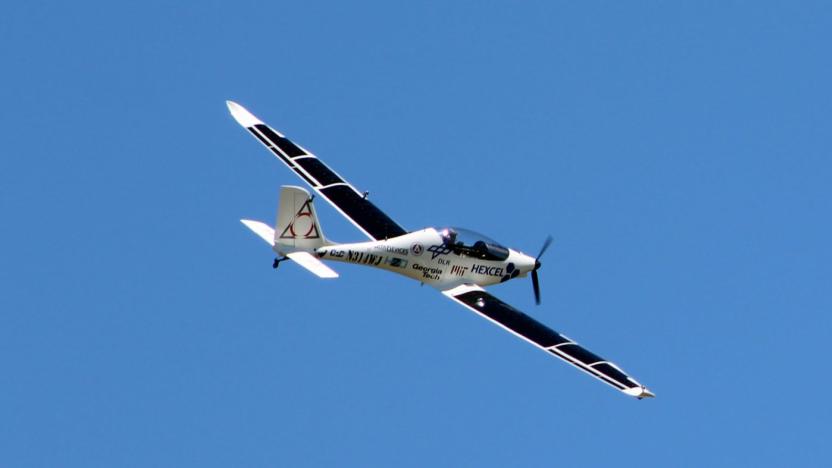
Solar aircraft test flight paves the way for internet drones
Solar Impulse 2 isn't the only Sun-powered aircraft reaching a milestone this week. Luminati Aerospace has conducted a public test flight of its prototype solar aircraft, the VO-Substrata, that represents a stepping stone toward drones that supply internet access. While this early design has a pilot, Luminati eventually wants to make pilotless vehicles that fly as high as 60,000 feet and never need to land. If all goes well, manufacturing starts soon as the end of 2016.

Solar-powered aircraft completes its flight across the US
Solar Impulse 2 continues its slow creep around the globe, this time completing its journey across the US by landing in New York City. It first arrived in the continental US back in April when the solar-powered aircraft touched down in San Francisco, and now has completed its 14th leg since leaving Abu Dhabi in March of last year. It's not the fastest way to get around -- especially given delays due to battery damage -- but it is very green, which is the whole point. Next up is an Atlantic Ocean crossing, with a destination in either southern Europe or Northern Africa. Check below for video of the latest flight.

Artificial 'leaf' could beat real plants at converting sunlight
Natural photosynthesis is considered a good target for solar energy conversion, but it's already considered old hat. Harvard scientists have developed a leaf-like system that should be more effective at converting solar energy than plants themselves. The technology boils down to a jar of bacteria (Ralstonia eutropha), a cobalt water-splitting system and a pair of electrodes. When you send electricity through this partly biological system, the electrodes turn the water into hydrogen gas that you can use for fuel and carbon-based materials. It's only 10 percent efficient, but that's better than the widely established 8 percent baseline for real-world performance.
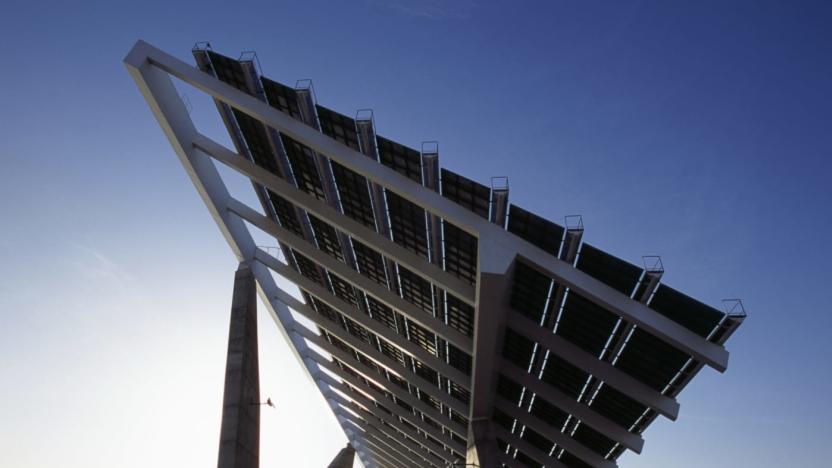
MIT exploited heat to make the most efficient solar cell yet
Sorry, University of New South Wales: Your efforts at shattering the efficiency record for solar cells earlier this month have been, ahem, eclipsed. A group of researchers at Massachusetts Institute of Technology have developed a way to possibly break the maximum efficiency of a solar cell, the Shockley-Queisser Limit. The Shockley-Queisser tops off at around 32 percent, but that's taking standard solar cell setups into account. The MIT scientists switched it up and converted incoming sunlight to heat prior to having it generate electricity, a trick that could possibly double the power produced by a given panel.
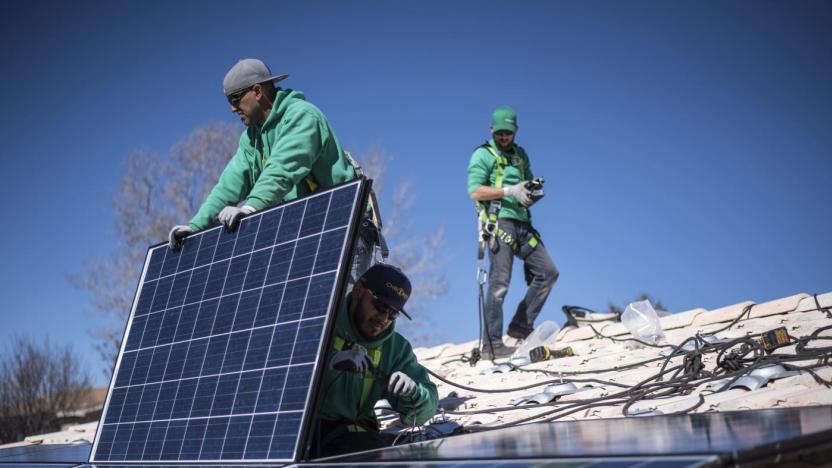
The Energy Department just started its own podcast
You normally don't think of government agencies embracing podcasts -- even if tight budgets aren't a problem, creativity isn't usually their top priority. The US Department of Energy wants to buck that trend, though. It just started up a podcast, Direct Current, that delves into energy technology, government initiatives and energy history. The first episode touches on the problems surrounding the "soft costs" of solar power, solar technology's milestones and the history of the Energy Department itself.
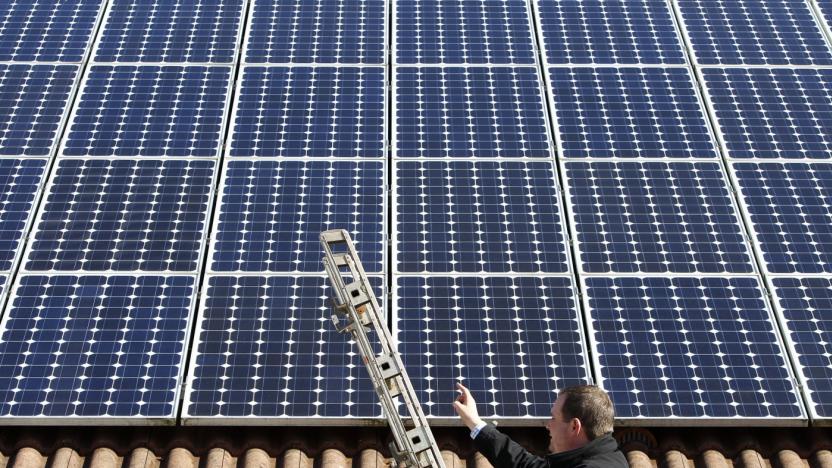
Ikea is selling solar panels in the UK again
The UK government slashed solar subsidies earlier this year, however Ikea is still determined to sell the dream of a solar-powered home in Britain. Today, the company has launched three "Solar Shops" that sit inside its stores in Glasgow, Birmingham and Lakeside (Thurrock). These will be Ikea branded and manned by its own staff, who will be able to offer advice and give a provisional quote. Ikea will then hand over to UK solar specialist Solarcentury, which can take customers through the design and installation process. If the pilot is successful, Ikea says it plans to open Solar Shops in all of its UK stores "by the end of the summer."

Solar Impulse 2 completes its flight across the Pacific
After months of delays and days of flying, Solar Impulse 2 has finished crossing the Pacific. The sunlight-powered aircraft arrived in San Francisco Bay on the night of April 23rd, with an expected touchdown at Moffett Field (as of this writing) around 3AM Eastern on the 24th. This isn't the toughest stint to date (that honor goes to the 5,061-mile trip from Japan to Hawaii), but it was no mean feat. Pilot Bertrand Piccard had to travel 2,717 miles between Hawaii and San Francisco, with only short naps allowed during the 3-day expedition.

NASA pours $67 million into solar electric spacecraft engines
NASA is big on solar electric propulsion (the Dawn spacecraft uses it, for instance) for a good reason: while the engines aren't powerful, they supply thrust for a very long time before giving up the ghost. And it now looks like the agency is ready to double down on that super-efficient tech. It just awarded a $67 million, 3-year contract to Aerojet Rocketdyne in hopes of developing an advanced solar electric propulsion system. The new technology could deliver twice as much thrust, and would be up to 10 times more efficient than chemical engines -- both big deals for deep space missions.

San Francisco mandates rooftop solar panels starting in 2017
San Francisco has been pushing toward 100 percent of its energy to come from renewable resources for a while now. And to further that, the city recently passed legislation that would require new construction to install solar panels on building roofs -- an extension of existing legislation that stated 15 percent of a rooftop be reserved for solar use. The city says this is the first mandate of its kind, and that new buildings 10-stories tall or shorter will have to install photovoltaic panels or solar water heaters. The law won't go into effect until January 1st next year.
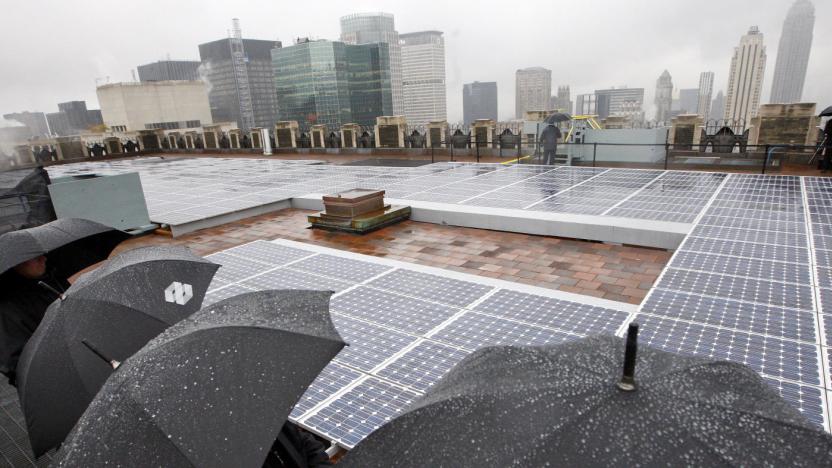
Solar cell generates power from raindrops
Rain is normally a solar energy cell's worst nightmare, but a team of Chinese scientists could make it a tremendous ally. They've developed a solar cell with an atom-thick graphene layer that harvests energy from raindrops, making it useful even on the gloomiest days. Water actually sticks to the graphene, creating a sort of natural capacitor -- the sharp difference in energy between the graphene's electrons and the water's ions produces electricity.

Inhabitat's Week in Green: Toyota's wooden roadster and more!
Auto tech is advancing by leaps and bounds, but Toyota's latest car is a blast from the past. Meet the Setsuna - a gorgeous roadster that's hand-carved from 86 wooden panels. In other transportation news, Dutch politicians are hatching plans to ban all polluting cars by the year 2025. If the thought of sharing the road with self-driving big rigs makes you uneasy, this may put your fears to rest: six trucks with driverless technology just completed a 1,300-mile journey across Europe. We also took a firsthand look at VanMoof's new Electrified S smart bike, and a startup launched the world's first cargo scooter, which can easily tote up to 50 pounds.

6 high-tech, energy-generating roads
By Cat DiStasio As we march into toward the future, our infrastructure needs to evolve. Fortunately, innovators are integrating energy-generating properties into the very roads that lead us forward. Solar panels can now be applied directly to a road's surface and driven over countless times before showing any signs of wear. Other next-gen roads automatically melt snow, reduce noise pollution, and even delight the public with artistic inspiration. Follow along for a trip around the world on pathways that generate clean energy for the communities they connect.
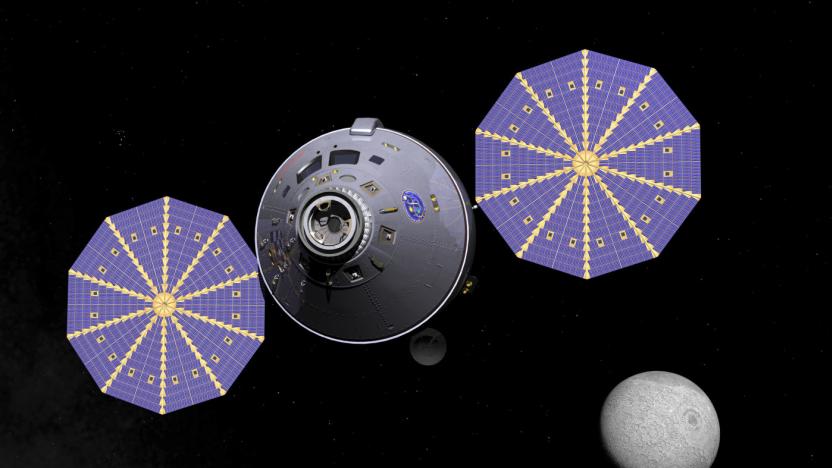
NASA picks solar power candidates for deep space missions
NASA is going to need solar power if it wants to keep its future deep space missions running, and that means getting someone to build that light-gathering technology. Fortunately, the agency has some partners lined up. It just picked four solar power technology proposals that could find their way into spacecraft traveling as far as Mars. The outfits negotiating deals are definitely ones you'll know -- ATK, Boeing, Johns Hopkins University and NASA's own Jet Propulsion Laboratory are all developing systems that collect solar energy in the unforgiving conditions beyond Earth.
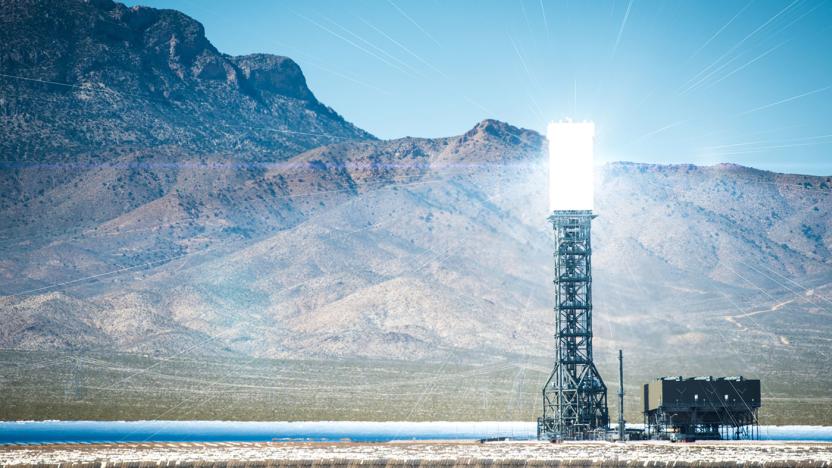
GE wants to use CO2 pollution to make huge solar batteries
Two big problems have been vexing environmental scientists for decades: How to store solar energy for later use, and what to do with CO2 that's been captured and sequestered from coal plants? Scientists from General Electric (GE) could solve both those problems at once by using CO2 as a giant "battery" to hold excess energy. The idea is to use solar power from mirrors to heat salt with a concentrated mirror array like the one at the Ivanpah solar plant in California. Meanwhile, CO2 stored underground from, say, a coal plant is cooled to a solid dry ice state using excess grid power.

Moth eyes inspire solar cells that work indoors
As a rule, most solar cells need to catch direct sunlight. Even those that work indoors can only do so much to generate power from artificial light sources. However, British researchers have found a clever (and decidedly) unusual way to harvest energy while inside: by imitating moths. They've created a graphene-based material that traps electromagnetic waves much like a moth's eye, making it one of the most energy-absorbent substances to date. With the right antennas, it could produce energy from not just sunlight, but any device that emits microwave or radio waves -- your smartphone could help power your smartwatch.

Kyocera shows off another solar-powered prototype smartphone
Last year, during Mobile World Congress, Kyocera teased a rugged smartphone with solar charging built in. What made that concept device interesting was how its sun-powered films were laid out: they sat between the LCD and touch panel, as opposed to being somewhere on the outside of the body. Now, Kyocera's building on this idea with a new prototype handset, which it has once again created in tandem with Sunpartner Technologies, a French company that focuses on solar tech.








